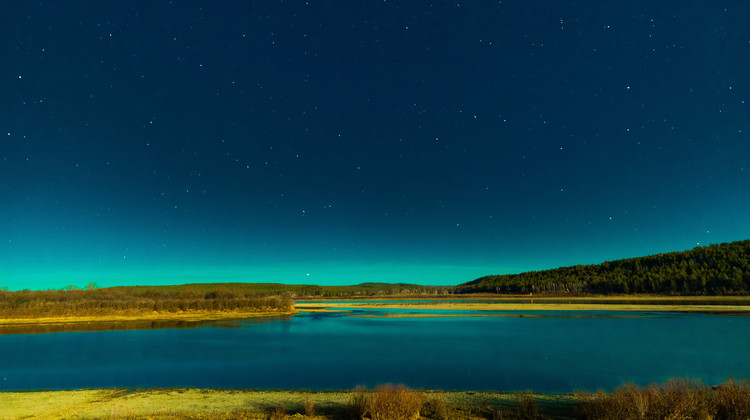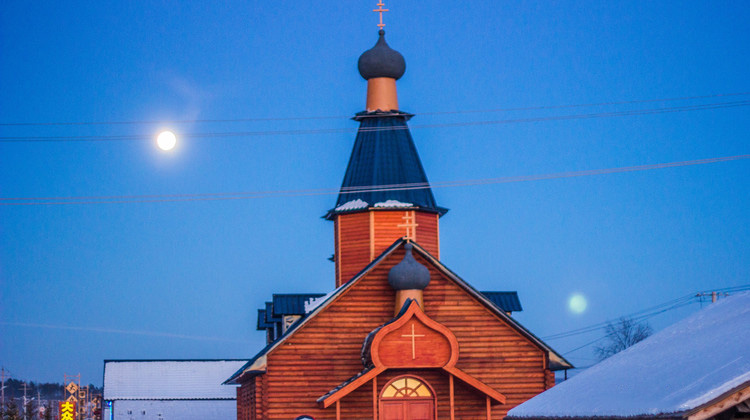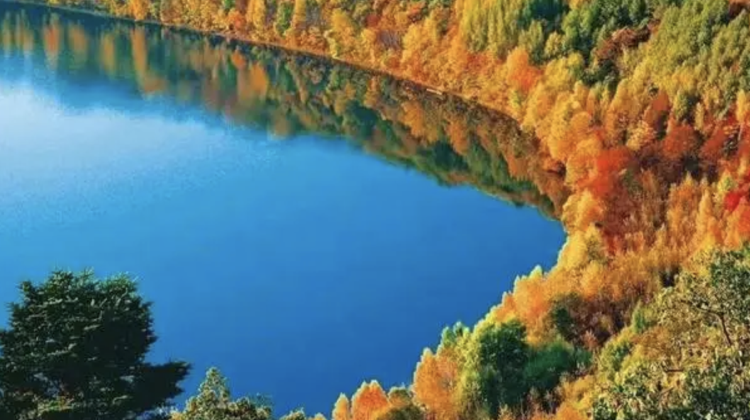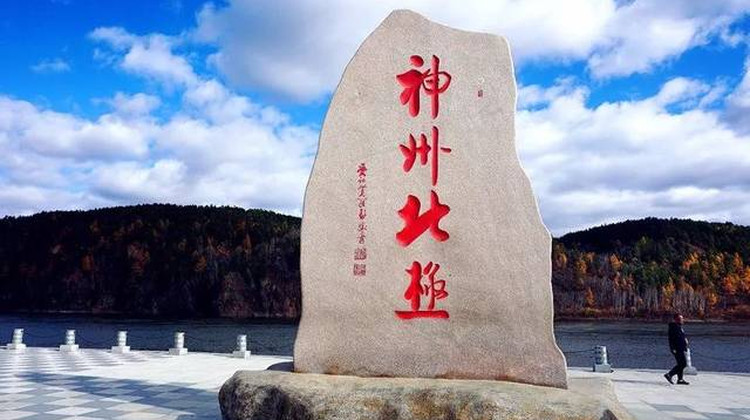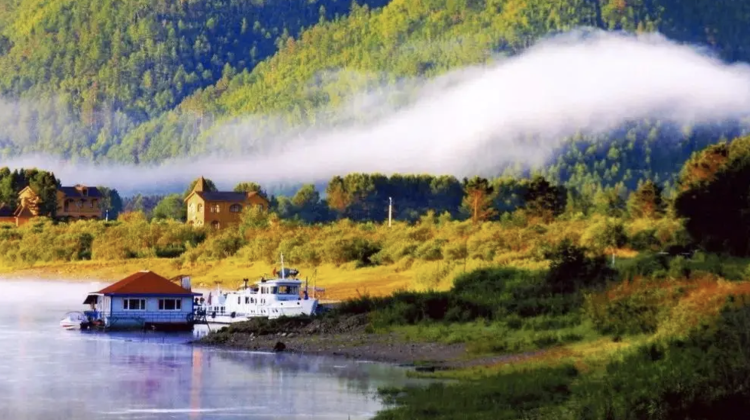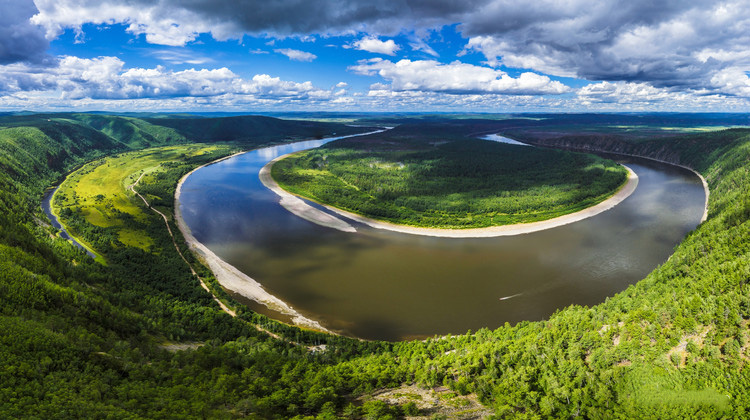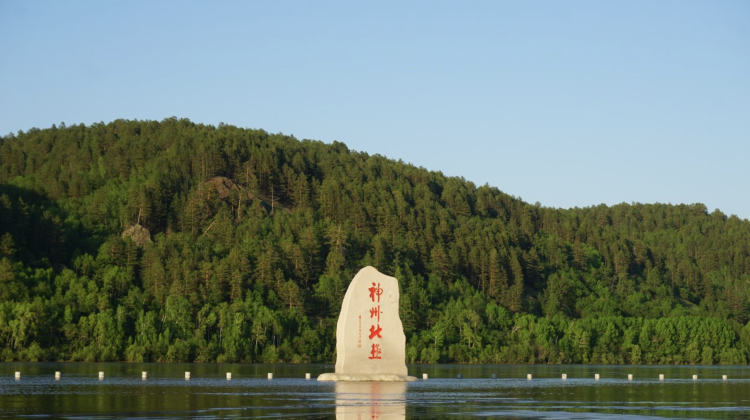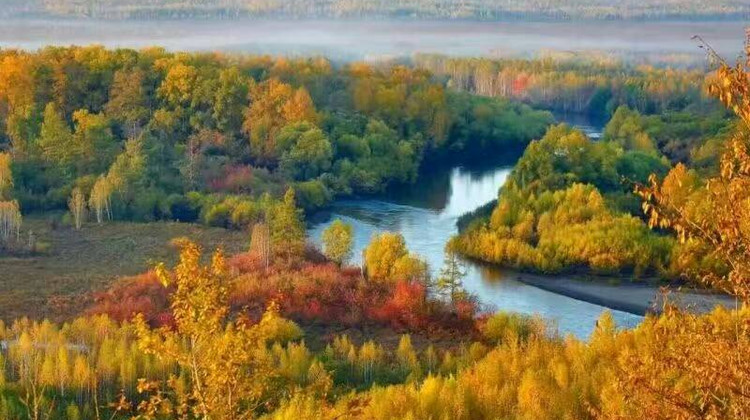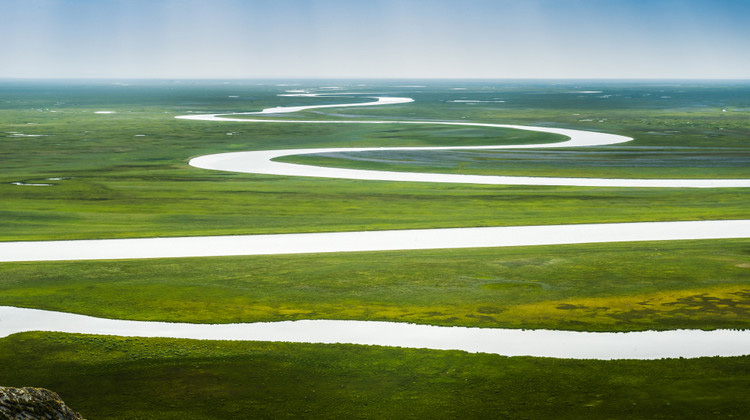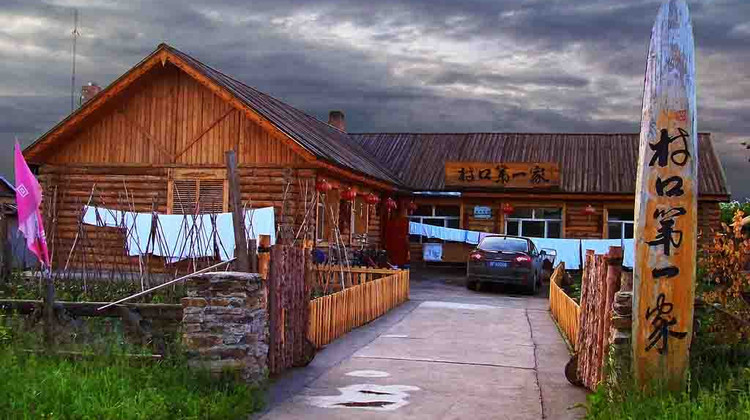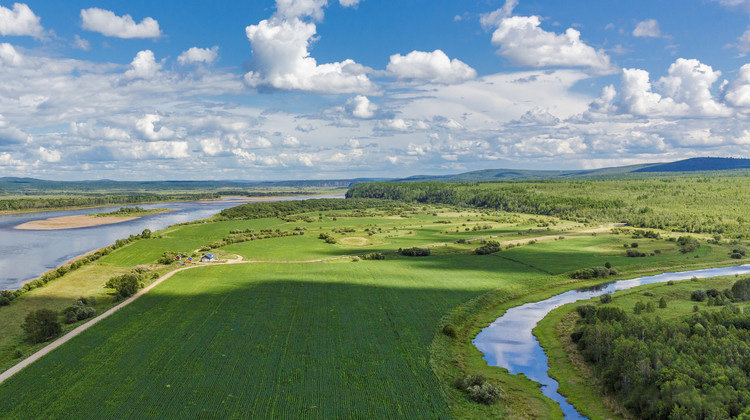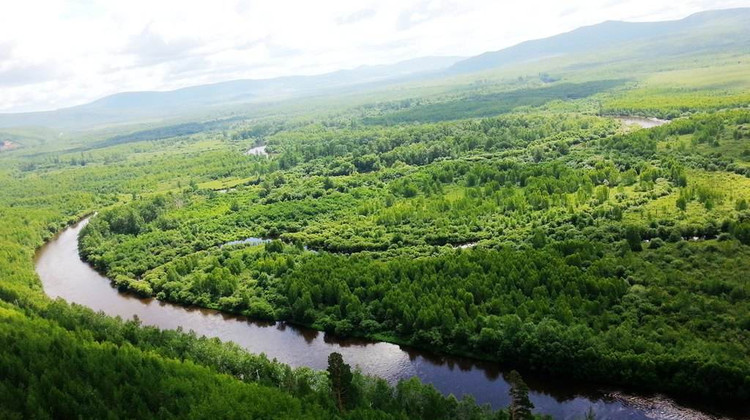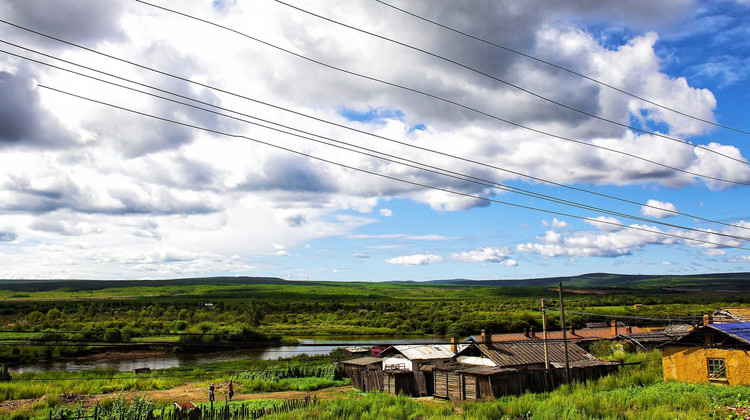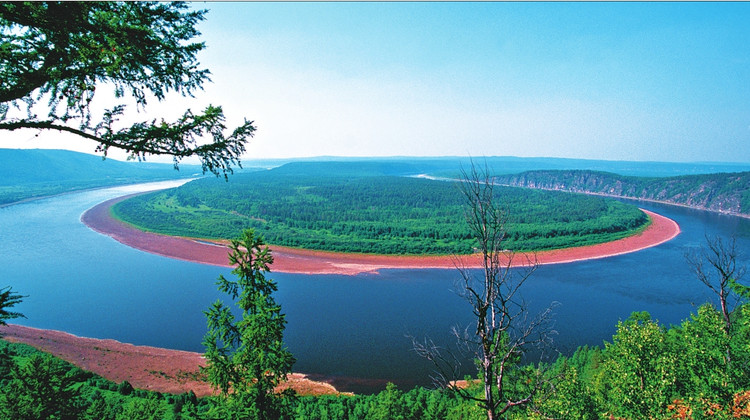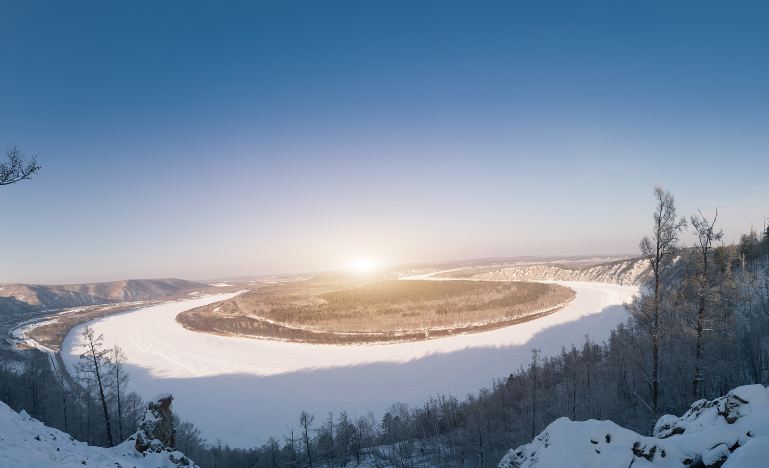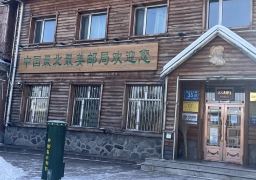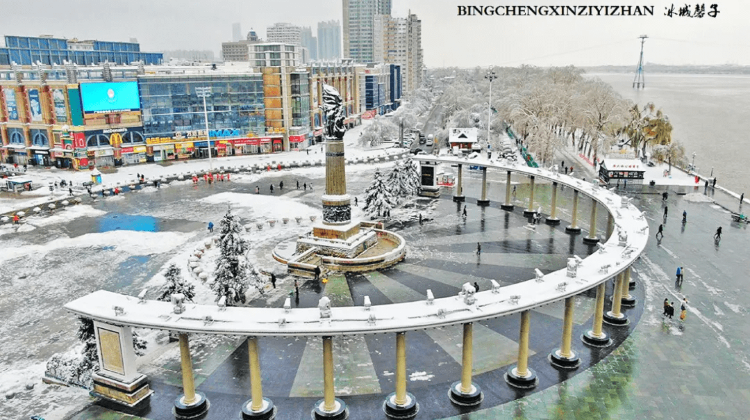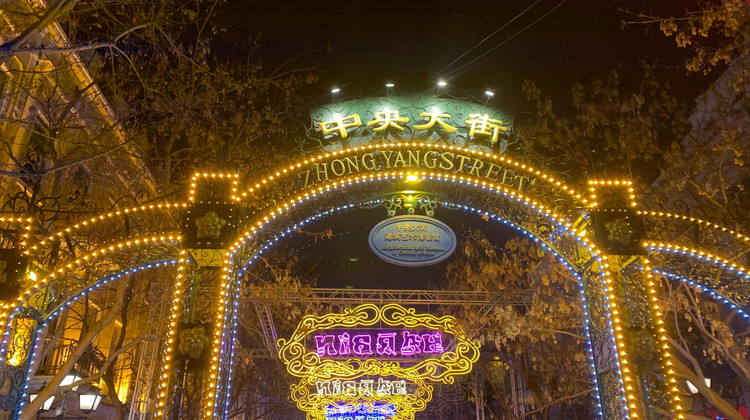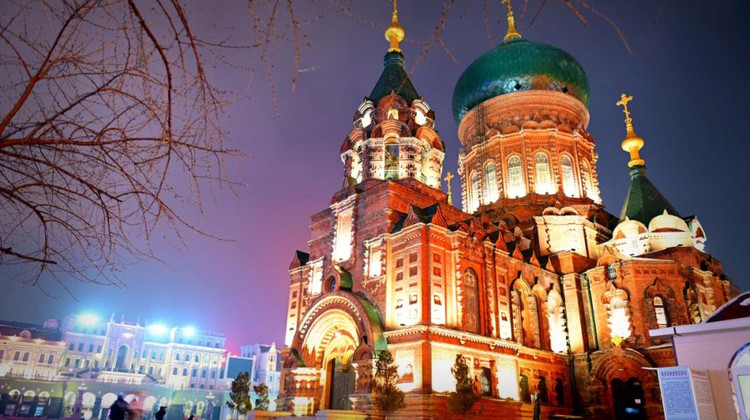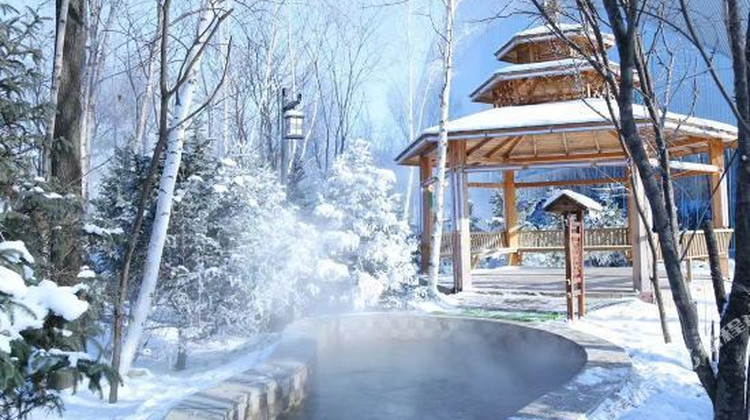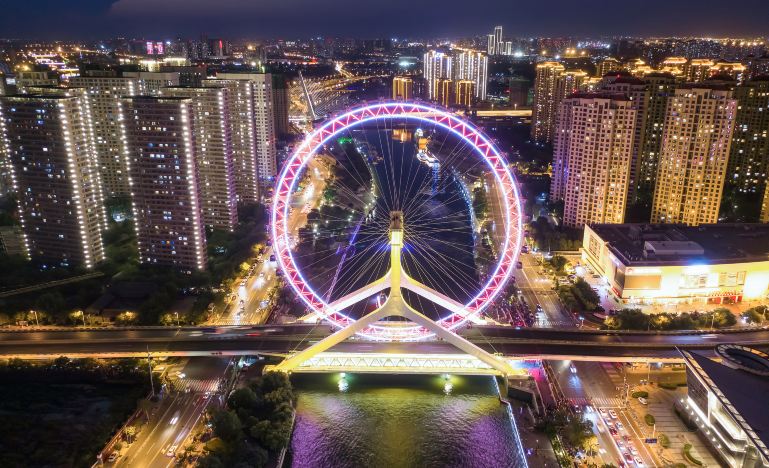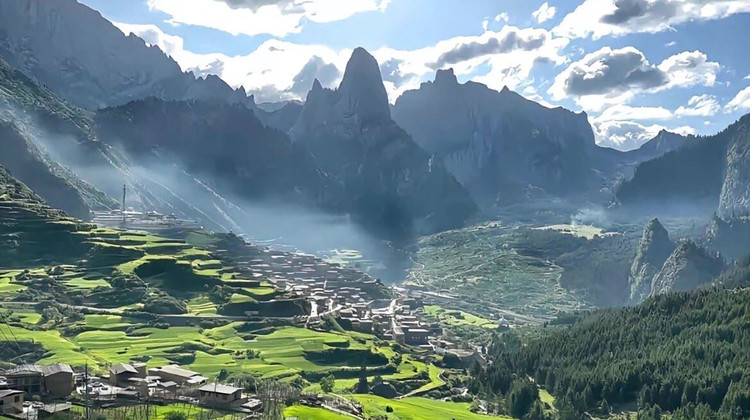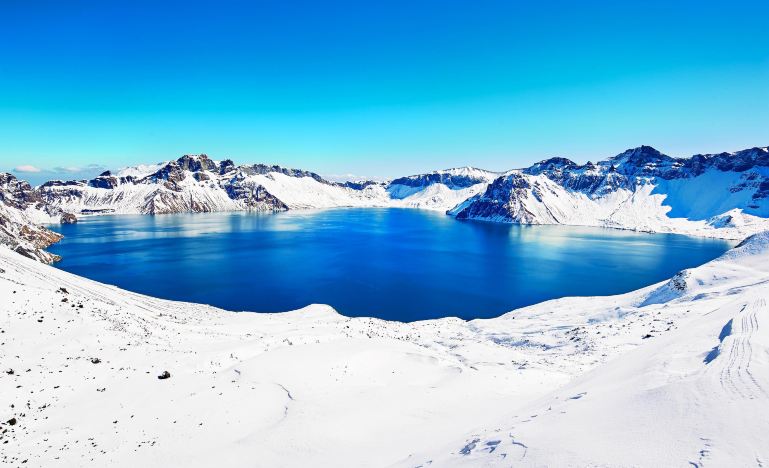Harbin + Mohe + North Pole Village 6-Day 5-Night Small Group Trip
[Scenic Highlights]
- 🌠 Enjoy the panoramic view of the northern wilderness: the first bay of the Longjiang River, the former site of the Qianlong post in the Ussuri River shallows, night sky photography, boundary river sunrise, and experience the customs and local conditions of the Northeast’s primitive villages!
- 🌈 The primitive village of Beihong, positioning the extreme north landmark of the motherland, 🎑 enjoy the Arctic starry sky at night and pray for peace and smoothness.
- 🎄 Ewenki Reindeer Garden, Spoil and pet the reindeer, frantically search for the North in North Pole Village, and persist in the aurora spectacle.
- 📸 The famous northern city of Harbin: Citywalk free go! Explore shops and seek out delicious food and beautiful scenery.
Note:
- It is recommended to visit in the winter, when you can admire the world's largest ice sculptures.
- Long-distance train journey through China's largest forest farm
Itinerary
Harbin is a sub-provincial city and the provincial capital of Heilongjiang province, People’s Republic of China. It is the largest city of Heilongjiang, as well as being the city with the second-largest urban population (after Shenyang, Liaoning province) and largest metropolitan population (urban and rural regions together) in Northeast China. Harbin has direct jurisdiction over nine metropolitan districts, two county-level cities and seven counties, and is the eighth most populous Chinese city according to the 2020 census. The built-up area of Harbin (which consists of all districts except Shuangcheng and Acheng) had 5,841,929 inhabitants, while the total metropolitan population was up to 10,009,854, making it one of the 100 largest urban areas in the world.
Harbin is a vibrant city in Northeast China, known for its rich historical culture and unique tourist attractions. Here are some must-visit spots in the urban area of Harbin:
1. Central Street: Known as the foremost street in the Far East, it is a must-visit place in Harbin, famous for its unique European-style architecture and vibrant commercial atmosphere.
2. Sun Island: Located on the banks of the Songhua River, it is renowned for its beautiful natural scenery and European-style villa buildings, a shining pearl of Harbin.
3. Saint Sophia Cathedral: As one of the symbolic buildings of Harbin, this well-preserved Byzantine-style structure features exquisite interior decorations and a very atmospheric setting.
4. Volga Manor: Experience the rich Russian style here, with the manor full of Russian characteristic buildings and beautiful scenery.
5. Northeast Tiger Forest Park: The world’s largest breeding base for Siberian tigers, where visitors can get up close and personal with the tigers and experience the thrill of feeding them.
6. Songhua River: Known as the mother river of Harbin, with pleasant scenery along its banks, visitors can enjoy the splendid views of both sides by cable car.
7. Stalin Park: A large public park with a tranquil environment and beautiful scenery, it was established in memory of the Harbin people’s victory over the flood disaster.
8. Old Town Outside: The historical district of Harbin, with many century-old buildings, a combination of Chinese and Western architectural styles that have witnessed the city’s prosperity.
9. Gogol Street: A bustling commercial street with Russian and European buildings on both sides, full of characteristics and historical significance.
10. Heilongjiang Provincial Museum: With a rich collection and a unique European Baroque-style architectural appearance, it is a great place to learn about the history and culture of Harbin.
The Ussuri Shallow Beach is the northernmost point of China, located at 53°33′43″ north latitude. The border line is the center of the Heilongjiang River channel. It faces Russia across the river, with the Heilongjiang River quietly flowing through the primeval forest.
In the Mohe City of the Greater Khingan Range in Heilongjiang, the northernmost point of China is located on the main navigation channel of the Heilongjiang River. Surrounded by primeval forests, mainly composed of larch trees. In autumn, the golden yellow color is like being in a painting. It is very quiet. From the entrance of the Mo Luo Highway to the Ussuri Shallow Beach, it is a mountain road of more than 30 kilometers. Sometimes straight and sometimes curved, driving at a high place, you can see the primeval forest of Russia across the river. The green pine and the golden larch are intertwined, and a big river flows quietly in the middle. It is a rare beauty on earth. The river water is clear and the pebbles on the river bottom can be seen clearly. I couldn’t help but scoop up a mouthful of water to drink, which is very sweet and cool.
Beiji Village, originally known as Mohe Village (Manchu: ᠮᠣ᠋ᠪᡳᡵᠠ, Romanized in Mollendorff as Mo bira, Mongolian name, also known as Mohe), “Matola” (Russian: Матёра, Romanized: Matjora[1]), is located in Beiji Town (formerly Mohe Township), Mohe City, Heilongjiang Province, China. It is the seat of the Beiji Town People’s Government and is known as the northernmost town in China, although it is actually second to Beihong Village. Beiji Village is situated at 53°28′45.61″N 122°21′36.88″E (the latitude and longitude of the “North Pole of China” monument), making it the best place in China to observe the aurora. The “Northernmost Outpost of China,” Beiji Outpost, is located in Beiji Village.
Mohe is located in the far northwest of Heilongjiang at latitude 52° 10’−53° 33′ N and 121° 07’−124° 20′ E. It forms a border with Russia’s Amur Oblast and Zabaykalsky Krai, where the Amur River flows for 245 kilometres (152 mi). A village, the northernmost Chinese settlement, at the latitude of 53° 29′ N and known as the Beiji Village (北极村, literally “North Pole Village” or “Northernmost Village”), lies in this city, on the Amur River.
On extremely rare occasions, the aurora borealis can be seen
Harbin is a paradise for food lovers, blending the essence of Chinese and Western culinary cultures. Here are some famous Harbin delicacies:
1. Harbin Red Sausage: Originating from Lithuania in Eastern Europe, it is welcomed for its exotic flavor and non-greasy characteristic, and is a distinctive dish that can be eaten directly.
2. Grilled Cold Noodles: A street snack known for its unique sauce and grilling method, offering a crispy and delicious taste experience.
3. Da La Pi: A traditional famous dish in Northeast China, mainly made from tapioca starch and other ingredients, it is refreshing and appetizing with a simple preparation method.
4. Da Lie Ba: Also known as big bread, it originated from Russia and is one of the specialties of Harbin, famous for its European flavor and long shelf life.
5. Demoden Fish Stew: A century-old Northeastern famous dish, originated from Demoden Village on the outskirts of Harbin, made by stewing live carp with tofu and wide glass noodles.
6. Di San Xian: A traditional home-cooked Northeastern dish, made with eggplant, potatoes, and green peppers, known for its fresh and fragrant taste, and is one of the representative dishes of Northeastern cuisine.
7. Guo Bao Rou: A Northeastern dish with a century-old history, made with pork tenderloin, it is crispy outside and tender inside, with a sweet and sour taste.
8. Borscht: Originated in Ukraine and widely spread in Eastern European countries, it is a part of the many Russian food cultures in Harbin.
In addition, there are also famous snacks in Harbin such as Madi’er ice cream bars, Yagou sticky buns, Sanxian pot stickers, Laodingfeng mooncakes, Harbin dried sausages, Harbin frozen sweets, and frozen pears.
FAQs
A: Harbin Red Sausage, Grilled Cold Noodles, Da La Pi, Da Lie Ba, and Madi’er ice cream bars are some of the must-try local snacks.
A: Known as the foremost street in the Far East, it is famous for its European-style architecture and vibrant commercial atmosphere.
A: The Ussuri Shallow Beach is the northernmost point of China. It faces Russia across the Heilongjiang River and is surrounded by primeval forest.
A: Beiji Village is located in Beiji Town, Mohe City, Heilongjiang Province. It is known as the northernmost town in China (though actually second to Beihong Village).
A:For 144hour-free-visa, you can refer this post 144-hour-Visa-Free Transit policies for Foreign Nationals – A Complete Guide in 2024 – ChinaTravelTips (china-travel-tips.com)

